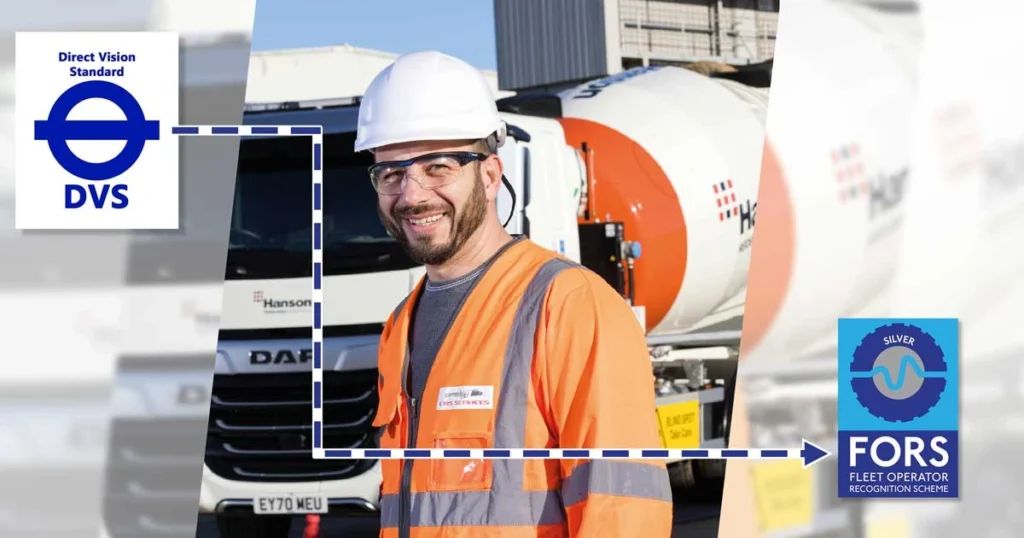Direct Vision Standard: A Comprehensive Guide
March 9, 2023

All about TfL’s new regulations affecting all HGVs over 12 tonnes
What is Direct Vision Standard?
The Direct Vision Standard (DVS) and safety permit for HGVs is part of the Mayor of London’s Vision Zero plan to eliminate all deaths and serious injuries on London’s transport network by 2041.
The Direct Vision Standard will be implemented and enforced by TfL and measures how much an HGV driver can see directly through their cab windows. This indicates the level of risk to vulnerable road users, such as people walking and cycling near the vehicle. You can get the full details on DVS from our experts.
Changes to the HGV Safety Permit Scheme
Transport for London (TfL) is proposing changes to the Heavy Goods Vehicle (HGV) Safety Permit Scheme to reduce the risks that these vehicles pose to vulnerable road users, such as cyclists and pedestrians.
The proposed Progressive Safe System (PSS) builds on the existing 2019 Safe System and ensures that London HGV operators use the latest safety technology and equipment to make streets safer. Among the proposals are mandating Camera Monitoring Systems, improving detection of vulnerable road users, and requiring Moving Off Information Systems.
What are the DVS requirements for 2024?
Starting from 28th October 2024, the requirements of the Direct Vision Standard (DVS) in London will be revised to enhance the safety of road users. Heavy goods vehicles weighing over 12 tonnes will be required to either have a minimum three-star rating under the DVS or install a Progressive Safe System. These changes aim to ensure a higher level of safety for everyone on the roads of Greater London.
This information is taken directly from Tfl:
Summary of Progressive Safe System
Improving indirect vision
Got Any Questions
If you have any questions about the Progressive Safe System, upcoming changes, hardware, or installation, please get in touch with us, and we will do our best to assist you.
The Safe System
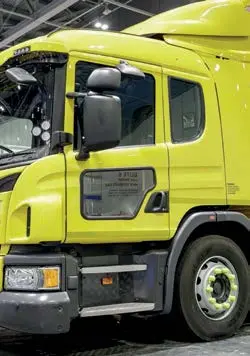
Class V mirror shall be fitted to the nearside of the vehicle
Class VI mirror shall be fitted to the front of the vehicle
Sideguards fitted to both sides of the vehicle unless this is impractical or proves to be impossible
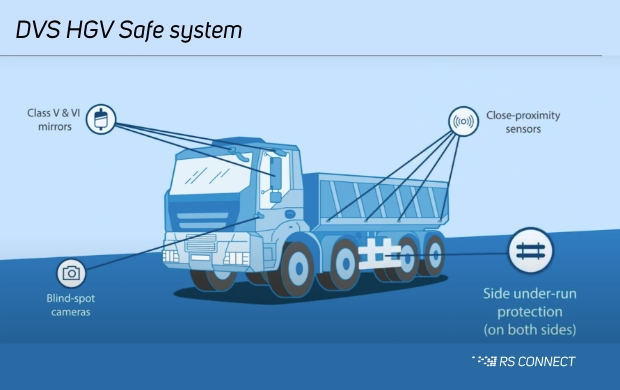
nearside
Camera monitoring systems must aim to completely eliminate or minimise the remaining vehicle blind spot at the nearside as far as is practical and possible.
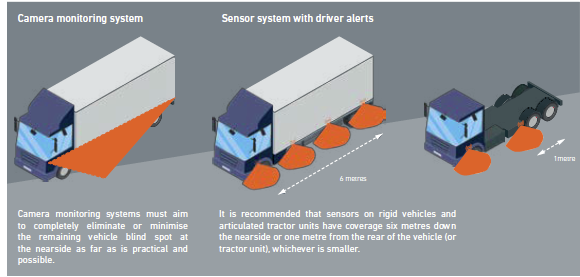
It is recommended that sensors on rigid vehicles and articulated tractor units have coverage six metres down the nearside or one metre from the rear of the vehicle (or tractor unit), whichever is smaller.
A sensor system that alerts the driver to the presence of a vulnerable road user must be fitted to the nearside of the vehicle
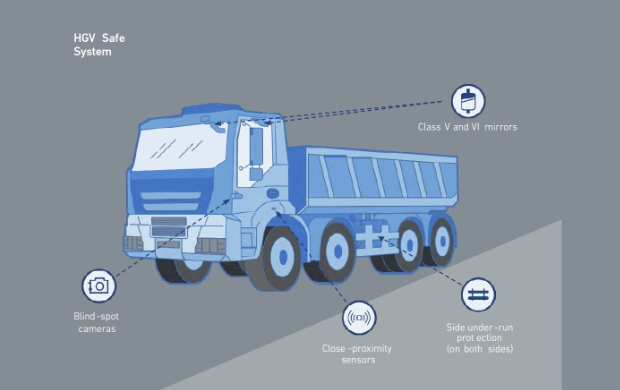
Audible vehicle manoeuvring warning must be fitted to warn vulnerable road users when a vehicle is turning left
As soon as the system is fitted with the equipment you can apply for the permit
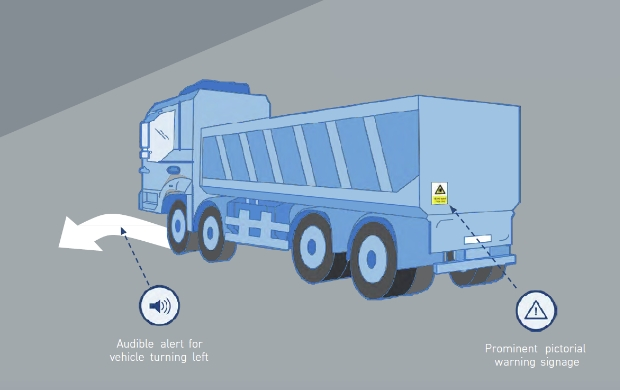
HOW TO FIND OUT MORE ABOUT DVS
If you have any questions about how the DVS system works, about the potential timelines or any questions about installations and vehicle tech, please contact our team using the form below.
If you have any questions about how the DVS system works, about the potential timelines or any questions about installations and vehicle tech, please contact our team using the form below or via email: sales@rsconnect.com or call 01675 624 035.
Free Guide to DVS
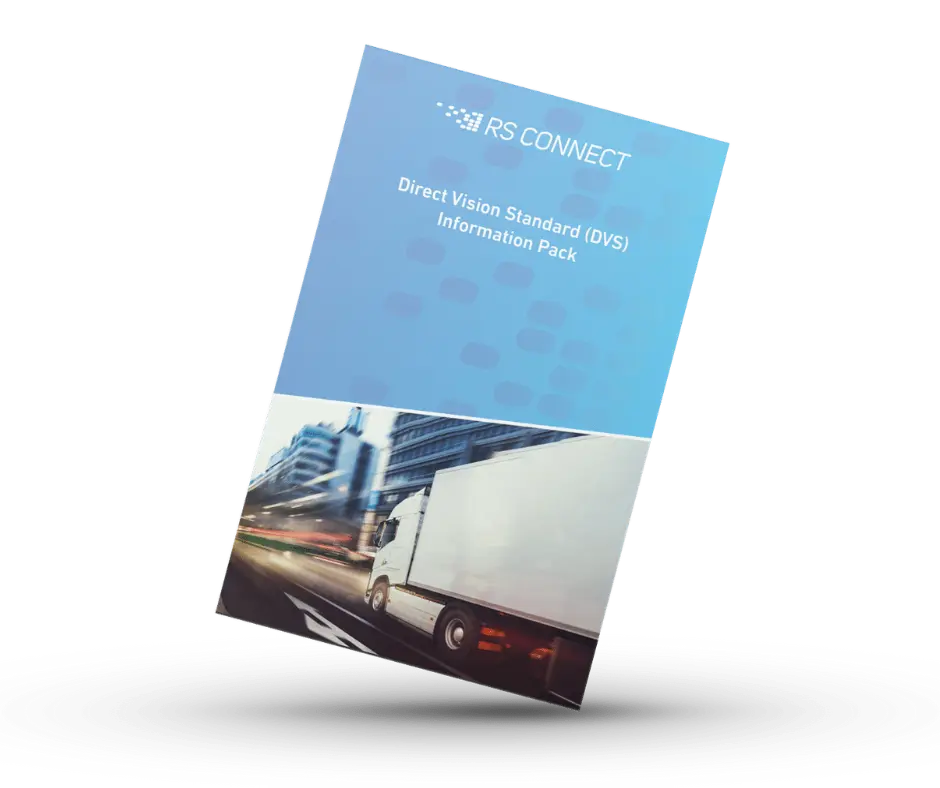
You can also download our full guide to the DVS here. This FREE Direct Vision Standard which features
The consultation was open for feedback until April 3, 2023, and the new scheme will be enforced from October 2024. The proposed changes aim to help London achieve its Vision Zero target of eliminating all deaths and serious injuries from its streets by 2041.


